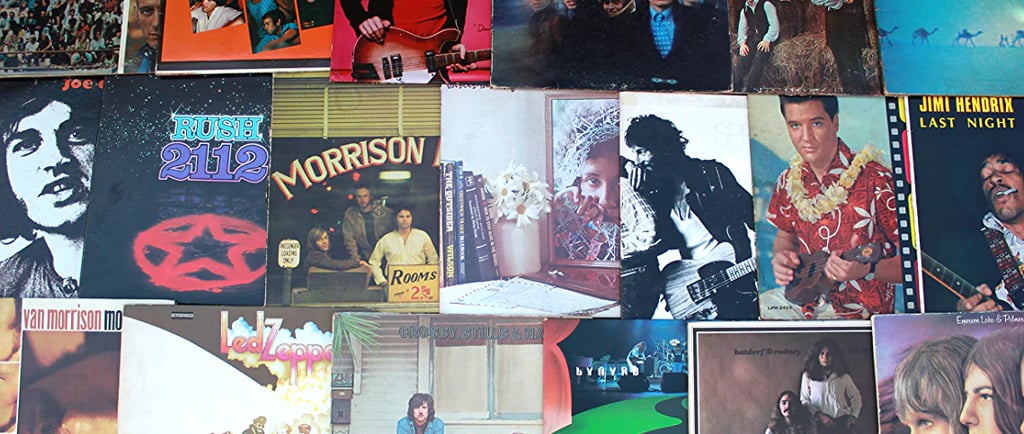Recording a Full-Length Album: Keeping the Vibe, Vision, and Energy Alive
Learn how to record a full-length album in a studio while keeping the creative vibe and energy alive. Discover the ideal project timeline, recording phases, and how to budget realistically for professional results.
Bill Sayre
10/19/20252 min read


Why the Feel of Your Music Matters
When you step into the studio to record a full-length album, it’s not just about microphones, gear, and software — it’s about capturing a feeling. The vibe, energy, and chemistry between the players are what give your album its soul.
If you drag a project out for months, you risk losing that spark. The songs stop feeling new, energy dips, and your original vision can fade. That’s why staying focused and completing your project within a month or two keeps the performances fresh and inspired
Keep the Big Picture in Mind
From start to finish, recording an album is a journey. It’s important to see the process as a series of phases, each with a purpose. When you respect these stages — and budget realistic time and money for them — you’ll protect your creative flow and end up with a record that truly represents your music.
Phase 1: Pre-Production & Setup
This is where you lay the foundation for a smooth, creative session.
Finalize your songs, keys, tempos, and lyrics.
Rehearse with your band until the songs feel tight.
Create reference tracks or demos for the engineer.
Set up your gear and get comfortable in the studio environment.
A few hours of setup can save days of frustration later.
Phase 2: Sound Shaping & Experimentation
Before you hit record, experiment with tones and mic placements.
Try different microphones and room positions.
Adjust amp settings, drum tuning, or vocal mic distance.
Listen to how instruments interact in the mix.
This stage helps you shape your signature sound and gives your project its own character.
Phase 3: Tracking the Takes
This is where the magic starts — capturing the performances.
Typical recording order:
Drums – build the groove foundation.
Bass – lock in with the drums.
Guitars & Keys – add rhythm and color.
Vocals – capture the emotion and story.
Overdubs & Extras – shakers, percussion, sound effects, or layers that bring personality.
Keep the sessions moving. The more momentum you have, the more energy stays in the music.
Phase 4: Editing & Clean-Up
After tracking, the engineer will:
Tighten up performances and fix small timing issues.
Clean up noises, pops, or background sounds.
Add or replace parts, samples, and sound effects if needed.
This phase turns your raw tracks into something polished and ready for mixing.
Phase 5: Mixing – Where the Magic Happens
Mixing is both an art and a craft. It’s where your songs come alive.
The mix balances every instrument, shapes tone and dynamics, and highlights emotion. Great mixing takes time, patience, and careful listening. Don’t rush it — this is what transforms good recordings into great songs.
Phase 6: Mastering – The Final Polish
Mastering gives your album that commercially balanced, radio-ready sound. It ensures every track sounds cohesive and consistent across all playback systems. This final phase is what makes your album stand up against professional releases.
Budget and Timeline: Be Realistic, Not Cheap
Quality takes effort — and investment.
Instead of just trying to save money, think about getting the best results your budget allows. You’ll live with this recording for years, so do it right.
Aim to complete the whole project — recording through mastering — within 4–8 weeks. That’s usually enough time to get great performances while keeping the creative energy alive.
The Bottom Line
A full-length album is a big commitment, but when you plan it out, stay focused, and keep the vibe alive, it’s one of the most rewarding experiences a musician can have.
Structure your process:
Recording → Editing → Mixing → Mastering
Stay focused, budget wisely, and finish strong. Your fans expect your best — and you owe it to yourself to deliver just that.
